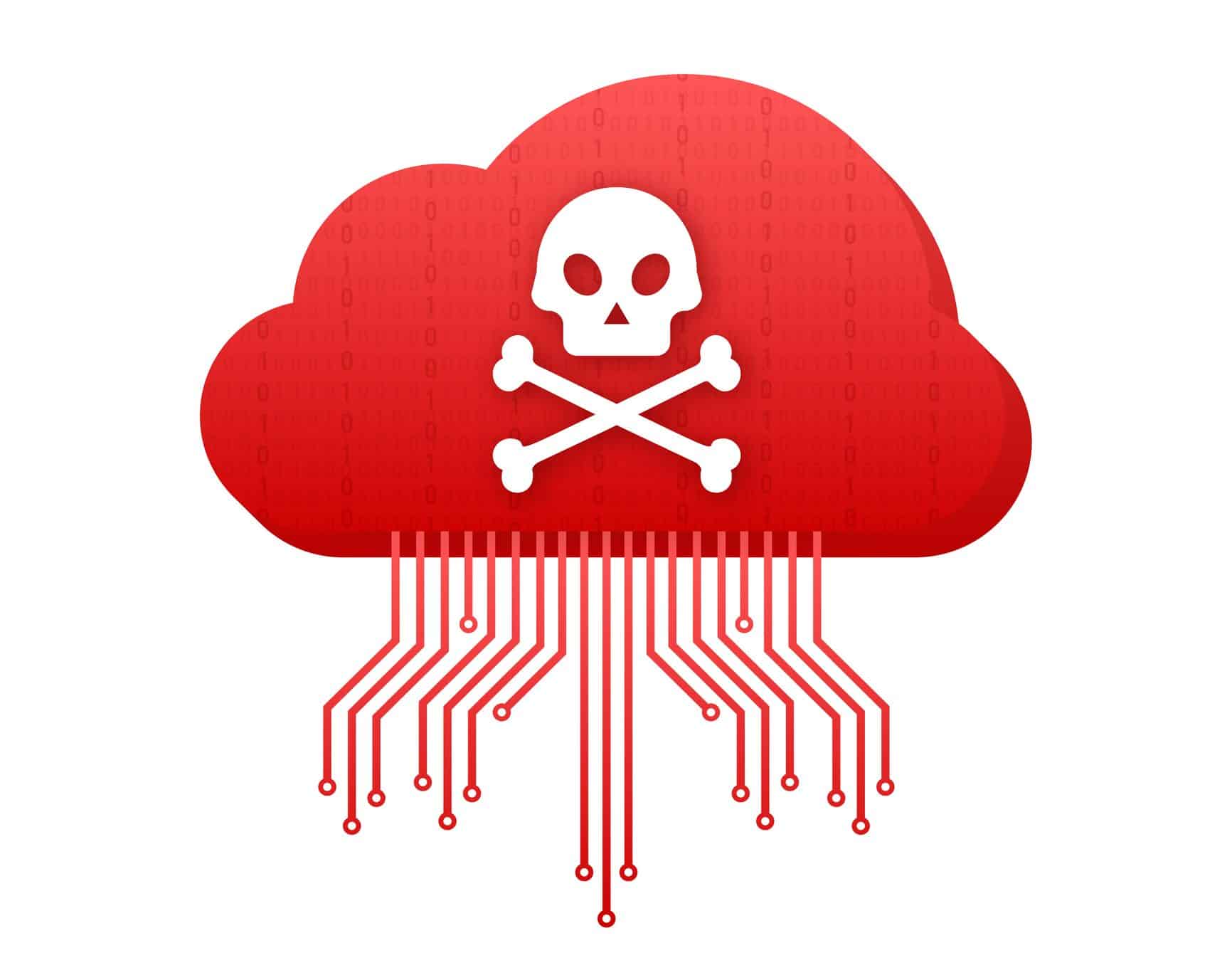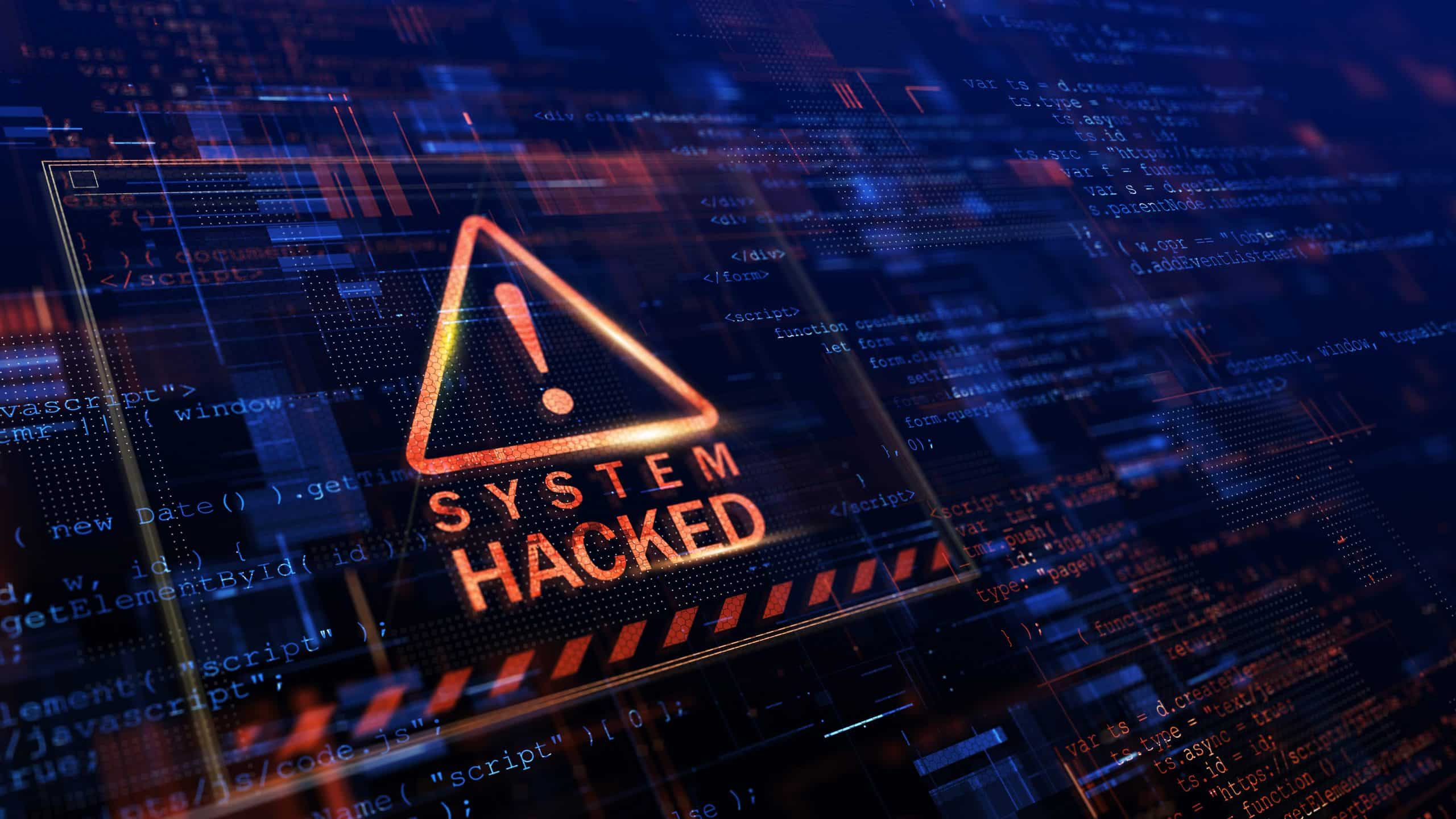As we step into the digital era of 2024, the landscape of information technology (IT) is continuously evolving, bringing with it not only opportunities but also unprecedented challenges in the realm of cyber safety.
As technology continues to advance, so do the methods and sophistication of cyber threats presenting unique challenges for businesses worldwide. This year marks a pivotal point where traditional defensive strategies may no longer suffice, and a deeper understanding of emerging threats is crucial for more robust cybersecurity strategies.
From the use of Artificial Intelligence (AI) in cyberattacks and ransomware to supply chain attacks, deepfakes, cloud jacking, and others, we explore each threat, shedding light on cybersecurity issues threatening the integrity and security of our digital ecosystems.
- 1. AI-Powered Cyberattacks
- 2. Evolution of Phishing Techniques
- 3. Exploitation of Zero-Day Vulnerabilities
- 4. Supply Chain Attacks
- 5. Advanced Ransomware Tactics
- 6. IoT Vulnerabilities
- 7. 5G Network Vulnerabilities
- 8. Cloud Jacking
- 9. Deepfakes & Information Threats
- 10. Deepfakes & Information Threats
- 11. MSP’s Role in Cybersecurity
- 12. Wrap Up
- 13. Need Help Getting Started?
- 14. Related Articles
AI-Powered Cyberattacks
AI has emerged as a double-edged sword in the realm of cybersecurity. While AI has empowered cybersecurity with advanced detection and response capabilities, it has simultaneously given rise to a new breed of cyber threats that are more sophisticated and harder to detect.
Automated Attack Tactics
AI’s integration into cyberattacks marks a significant shift in the threat landscape. AI-powered cyberattacks leverage automation to carry out sophisticated attack tactics at scale. Machine learning (ML) algorithms enable attackers to automate the identification of vulnerabilities, select optimal attack routes, and dynamically adapt their strategies based on real-time responses from targeted systems making them difficult to predict.
Adversarial Machine Learning
Adversarial machine learning involves the manipulation of AI algorithms to deceive or bypass security systems. In the context of cybersecurity, attackers use adversarial techniques to manipulate AI models, causing misclassifications or evading detection. Adversarial attacks can be applied to various AI-powered security mechanisms, including intrusion detection systems and malware classifiers, creating a cat-and-mouse game between attackers and defenders.
Evasion of Traditional Defenses
AI-powered cyberattacks are designed to evade traditional security defenses by continuously adapting and learning from defensive measures. This adaptability allows AI-driven malware to modify its characteristics, making it difficult for signature-based antivirus solutions to detect and mitigate the threats effectively.
Enhanced Reconnaissance & Targeting
AI-powered tools enable cybercriminals to conduct more efficient and targeted reconnaissance. ML algorithms can analyze vast amounts of data to identify potential targets, assess vulnerabilities, and tailor attack strategies based on the specific characteristics of the target organization. This level of precision allows attackers to maximize the impact of their cyberattacks by focusing on high-value assets.

Evolution of Phishing Techniques
Phishing attacks have become more sophisticated, leveraging advanced tactics to deceive users and organizations. The integration of AI into phishing attacks has significantly enhanced their effectiveness. AI-driven phishing attacks leverage ML algorithms to analyze vast amounts of data, enabling attackers to create highly realistic and personalized phishing emails.
These messages may imitate the communication style of trusted contacts, making it more challenging for users to discern between legitimate and malicious communications. AI also enables attackers to craft messages that are contextually relevant, increasing the likelihood of successful social engineering attacks.
Exploitation of Zero-Day Vulnerabilities
Zero-day vulnerabilities, which refer to undisclosed and unpatched software flaws, continue to be a significant concern in 2024. Cybercriminals are quick to exploit these vulnerabilities before developers can release patches, leaving organizations susceptible to attacks.
The increasing interconnectedness of devices in the Internet of Things (IoT) has expanded the attack surface, providing cybercriminals with more entry points to exploit these zero-day vulnerabilities.
AI-Driven Zero-Day Exploits
AI is also being used to discover and exploit previously unknown vulnerabilities. ML algorithms can analyze software code, network traffic, and system behavior to identify potential vulnerabilities that were previously undetected. AI-driven zero-day exploits pose a significant challenge for organizations, as they often lack the necessary patches or security measures to mitigate such threats.
Supply Chain Attacks
Supply chain attacks have also become a prominent threat in 2024, as cybercriminals recognize the potential for widespread impact by targeting the interconnected networks of suppliers and service providers. By infiltrating a single, vulnerable supplier or service provider, attackers can gain access to the broader networks of larger, more secure organizations.
These attacks are challenging to detect as they often involve compromising legitimate software or hardware before it reaches the final user. The SolarWinds incident in 2020 served as a precursor to the escalating trend of sophisticated supply chain attacks, highlighting the importance of securing every link in the supply chain to prevent cascading compromises.
re data privacy and control are paramount, often adopt private cloud solutions to maintain a heightened level of confidentiality and address their unique infrastructure needs.
Advanced Ransomware Tactics
Ransomware, a formidable threat in the cybersecurity world, has also undergone a significant evolution in 2024. Traditionally, ransomware attacks involved encrypting a victim’s data and demanding payment for its release. However, the latest trends indicate a more menacing approach.
These next-generation ransomware attacks leverage AI and ML to dynamically adapt and evolve, making detection and mitigation more challenging. Polymorphic malware, which is capable of changing its code to evade traditional antivirus solutions, has also become increasingly prevalent.
Enhanced Targeting & Double Extortion
Ransomware attacks have also taken on a more targeted and strategic approach, focusing on high-profile organizations’ critical infrastructure and backup systems, complicating recovery efforts. Additionally, the emergence of ‘double extortion’ tactics has become prevalent, where attackers not only encrypt data but also threaten to leak sensitive information publicly, amplifying the pressure on victims to pay the ransom.
These changes signal a shift in how cybercriminals operate, demanding a more strategic approach from organizations in combating this persistent threat.

IoT Vulnerabilities
The Internet of Things (IoT) continues its exponential growth in 2024, vastly expanding the network of connected devices. However, this growth also brings with it a myriad of security challenges, particularly in the context of IoT vulnerabilities. IoT devices, ranging from smart home gadgets to industrial sensors, are becoming integral to our daily lives and business operations. However, many of these devices have inherent security weaknesses such as default passwords, unpatched software, and insecure interfaces.
These vulnerabilities make them prime targets for cyber attackers, who can exploit them to gain unauthorized access, steal data, or launch larger scale attacks. Here are several recurring issues plaguing IoT security today:
- Inadequate Update Mechanisms: Many IoT devices lack the capability for automatic security updates, making them vulnerable to known exploits.
- Weak Authentication Protocols: Devices often come with weak default credentials, and some lack the ability to change these settings.
- Unencrypted Data Transmission: IoT devices frequently transmit data without encryption, exposing sensitive information to potential interceptors.
5G Network Vulnerabilities
Increased Attack Surface
IoT Integration & Security Risks
Network Slicing Vulnerabilities
5G Protocol & Software Vulnerabilities
5G Networks & Supply Chain Risks

Cloud Jacking
As cloud computing continues to dominate the IT landscape, a new threat has come into prominence: cloud jacking. Also referred to as cloud hijacking, cloud jacking is the exploitation of vulnerabilities in cloud services to gain unauthorized access to cloud environments.
This can lead to data breaches, hijacking of cloud resources for malicious activities like cryptocurrency mining, or even using the cloud infrastructure to launch further attacks. The scalable and dynamic nature of the cloud makes it a lucrative target for cybercriminals.
Deepfakes & Information Threats
Today, the cybersecurity landscape faces a new and insidious threat: the rise of deepfakes and disinformation campaigns. These sophisticated methods of creating realistic but fake content pose significant challenges for our communities and businesses alike.
Deepfakes are hyper-realistic digital forgeries, created using AI, that can manipulate audio, video, or images to depict people saying or doing things they never did. This technology, initially seen as a novelty or in entertainment, has rapidly evolved into a tool for creating convincing misinformation and disinformation.
The potential impact of deepfakes in the corporate world is alarming. They can be used to impersonate executives in fraudulent communications, manipulate stock prices by spreading false information, or damage reputations with fake scandalous content. The rise of deepfakes represents not just a technological challenge, but a fundamental threat to trust in digital media.
Deepfake technology has also been incorporated into phishing campaigns, allowing attackers to impersonate trusted individuals or organizations through convincingly manipulated audio and video content. As a result, users are more likely to fall victim to these increasingly realistic and targeted phishing attempts.

Deepfakes & Information Threats
Today, the cybersecurity landscape faces a new and insidious threat: the rise of deepfakes and disinformation campaigns. These sophisticated methods of creating realistic but fake content pose significant challenges for our communities and businesses alike.
Deepfakes are hyper-realistic digital forgeries, created using AI, that can manipulate audio, video, or images to depict people saying or doing things they never did. This technology, initially seen as a novelty or in entertainment, has rapidly evolved into a tool for creating convincing misinformation and disinformation.
The potential impact of deepfakes in the corporate world is alarming. They can be used to impersonate executives in fraudulent communications, manipulate stock prices by spreading false information, or damage reputations with fake scandalous content. The rise of deepfakes represents not just a technological challenge, but a fundamental threat to trust in digital media.
Deepfake technology has also been incorporated into phishing campaigns, allowing attackers to impersonate trusted individuals or organizations through convincingly manipulated audio and video content. As a result, users are more likely to fall victim to these increasingly realistic and targeted phishing attempts.
MSP’s Role in Cybersecurity
As we navigate through 2024, the cybersecurity landscape continues to evolve with emerging threats. Each of these threats presents unique challenges requiring constant vigilance, innovation, and a proactive and adaptable approach to cybersecurity practices.
As an MSP, thirtyone3 technology plays a crucial role in ensuring a secure digital landscape for your business. Here are a few key areas where we implement proactive strategies to defend against evolving threats.
- AI-Powered Threats: We employ a proactive defense strategy against AI-powered threats by implementing AI-enhanced security systems, behavioral analysis, advanced training, and collaboration. Through risk management and continuous monitoring, we contribute to resilient supply chains.
- Supply Chain Security: To secure the supply chain, our tech experts conduct vendor risk assessments, enhance monitoring and detection, establish contractual agreements, and promote education and collaboration with stakeholders.
- Ransomware Attacks: We help our clients combat ransomware through enhanced backup plans, incident response protocols, legal considerations, advanced threat detection tools, employee education, and regular security audits.
- IoT Device Risks: We mitigate risks associated with IoT devices by conducting security assessments, implementing strong authentication measures, network segmentation, continuous monitoring, and educating our clients on IoT security.
- Cloud Security: We protect clients’ cloud resources by focusing on robust access controls, regular security audits, continuous monitoring, employee training, encryption of data, incident response planning, and collaboration with cloud service providers.
- Deepfake Threats: Addressing the threat of deepfakes requires our technicians to utilize advanced detection tools, implement verification protocols, and provide employee education. We also promote media literacy, conduct regular policy reviews, and develop crisis management plans to counter disinformation threats.
For thirtyone3 technology, staying ahead of these threats is not just a matter of deploying the latest technologies but also involves a deep understanding of the evolving cyber threat environment. Our key to success lies in a multi-layered strategy that encompasses not only technological solutions but also includes educating clients, strengthening policies, and maintaining a culture of security awareness.
Our clients rely on thirtyone3 technology, not just for our technical acumen but for our ability to provide peace of mind in an increasingly uncertain digital world.
Wrap Up
As technology continues to advance, the challenges in the realm of cybersecurity evolve in tandem, requiring constant adaptation and innovation. The emerging cybersecurity threats in 2024 demand a holistic and proactive approach from organizations and cybersecurity professionals.
The development of advanced malware strains, the evolution of phishing techniques, the exploitation of zero-day vulnerabilities, and the rise of supply chain attacks are just a few examples of threats that demand a comprehensive and multidimensional approach to cybersecurity.
By fostering a culture of cybersecurity awareness, investing in innovative technologies, and implementing robust defense strategies, organizations can navigate the dynamic threat landscape and safeguard the digital future.
About thirtyone3 technology
thirtyone3 technology is a leading MSP that offers comprehensive cloud solutions for businesses of all sizes. With our team of experienced IT professionals, we provide businesses with the expertise and resources necessary to keep their systems running smoothly and efficiently.
If you have questions regarding your business’ cybersecurity efforts or would like to schedule a security assessment, contact our tech team at 623.850.5392 or complete our contact form here.

